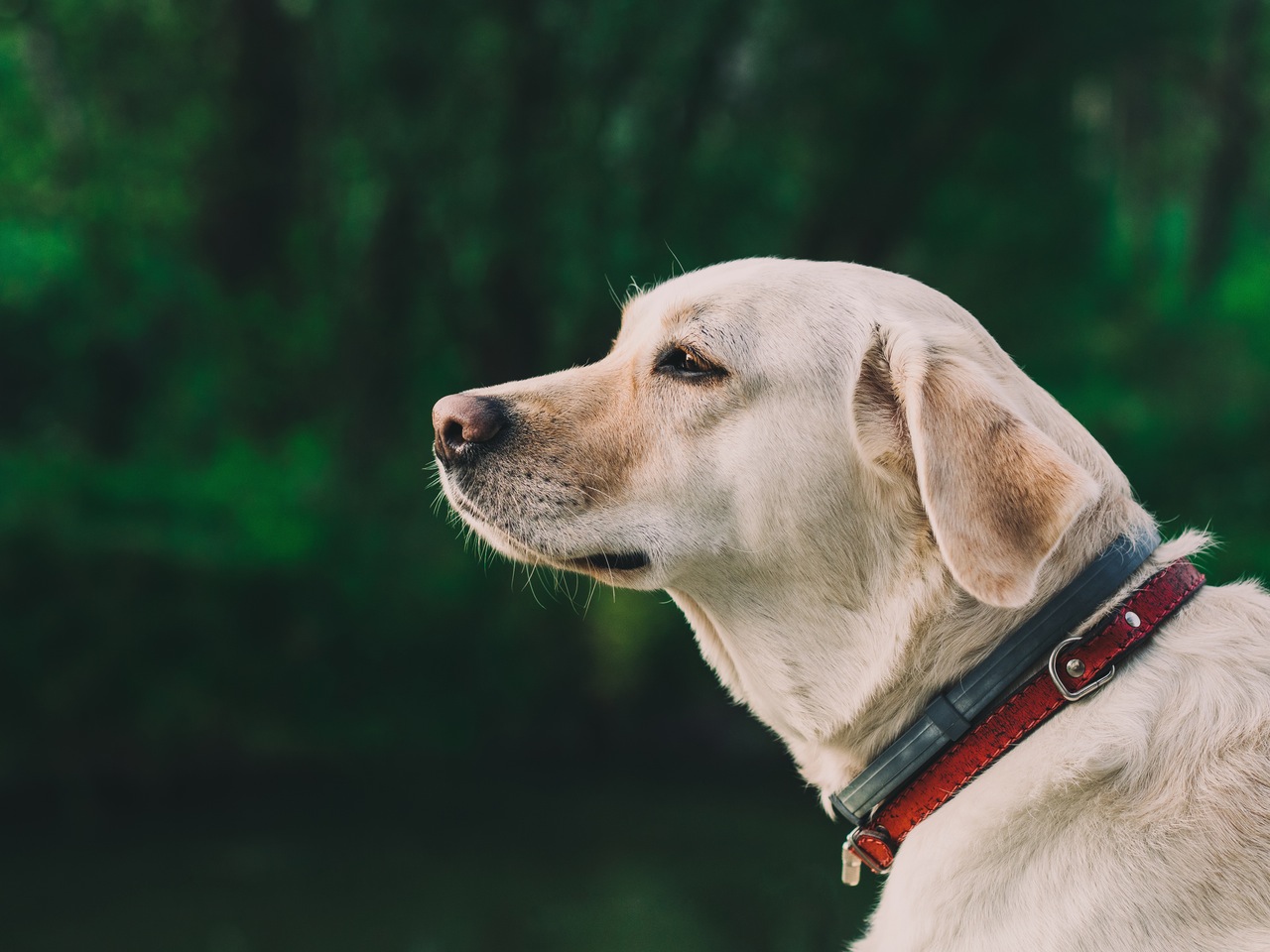Every dog owner needs to have an appropriate collar and leash. Before buying either, however, consult your local leash laws so you know when and where your dog needs to be leashed. Once you consider leash laws, your own property, and your dogs behavior patterns, you will be ready to buy a new collar and leash.
Collars
The test for a good-fitting collar is to see if you can slip two fingers under your dogs collar. If so, it is neither too tight or too loose. Always ensure your dogs collar is a breakaway collar, which will make sure your dog wont choke if he gets caught by the collar. The breakaway collar will snap open if the collar gets caught on a fence, object or in a cats claw! This way the collar breaks away and your dog will be safe and free, even if you arent around.
Dogs with narrow heads, or little Houdinis who dog slip their collars easily, may need a martingale collar. This kind of collar tightens when the leash is pulled, but doesnt close tightly around the neck.
A head collar is a more gentle form of correction. It helps your dog learn to walk on a leash and heel. If the dog pulls on the leash, the halter makes the head turn. This collar shouldnt be left on your dog when shes alone.
There are several kinds of collars that are designed to make certain corrections during training. A choke collar tightens around your dogs neck. Only professionals should ever use choke collars because they pose the serious risk of strangulation and serious injury. If you have a larger dog that tends to be unruly, then pick the metal prong collar. The metal prongs are designed to help correct your dog during training. If your dog is wearing a metal prong collar, they should never be left in it alone.
Another serious behavioral collar is the shock collar. This collar delivers an electronic shock to your dog. These collars are highly controversial. Some people use them to stop a dog for barking or wandering away. Please talk to your veterinarian before deciding to use a shock collar because they carry risk of serious injury and even death.

Leashes
Many dog owners only need a basic collar and leash for walks around the neighborhood. In some instances you may want to skip collars and opt for a harness instead. If you have a dog who wants to pull you forward, harnesses are a good choice since the dog will be unable to choke itself if it pulls forward forcefully.
Standard leashes are sold in various lengths. When you want your dog to have more freedom to run, you may prefer a retractable leash, which lets you can control leash length. A retractable leash is similar to a tape measure, and is great for letting your dog run around. Owners just need to make sure they hold the lease with a firm grip in case your dog lunges forward suddenly. It is not recommended that you use a retractable leash until your dog is leash trained.
When you have a dog who loves to chew and bit her leash, a chain leash is the best option. No dog wants to chew metal, so it will stop that conduct in its tracks. Be aware, however, that chain leashes are heavier to hold especially for kids.
Leashes and collars are one of the first, and most important, supplies a dog owner will buy. When you use them correctly, they can give your dog freedom while still keeping him safe and sound.
















